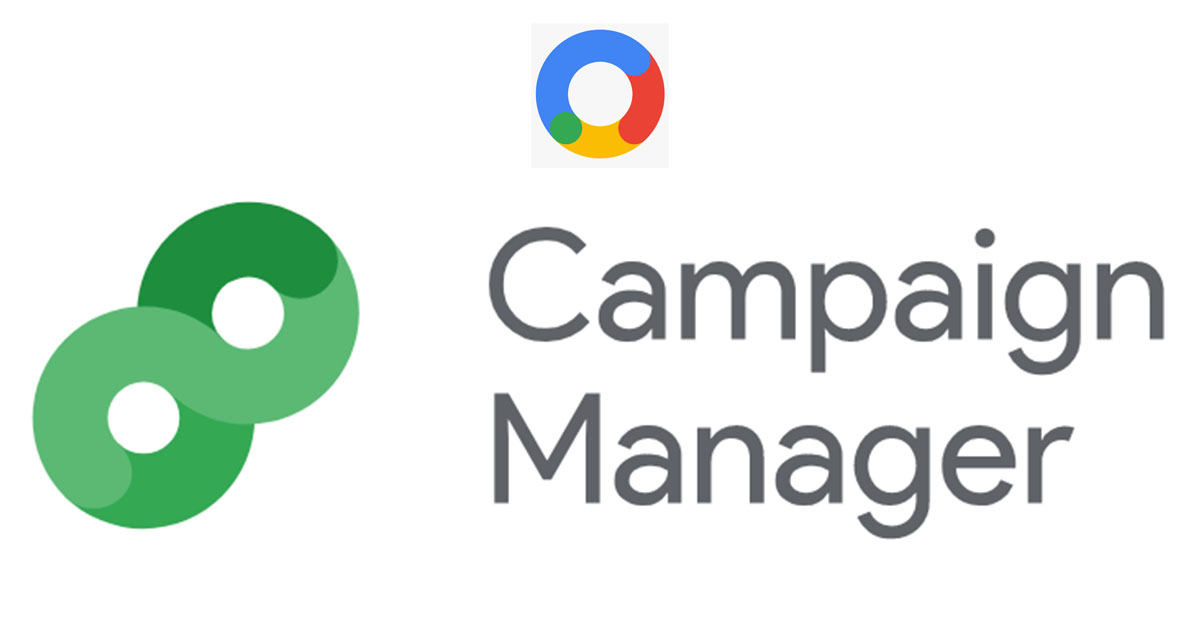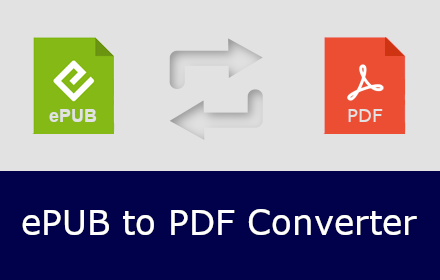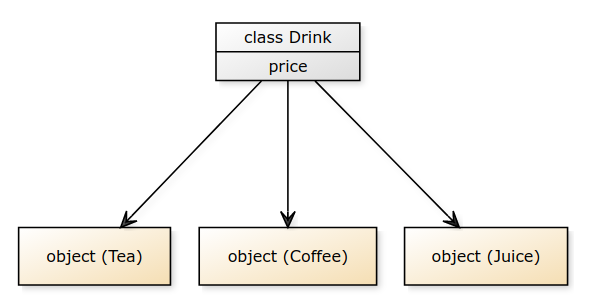
Call queue management system, Call center queue management, or Call queue management involves directing calls based on predefined rules, typically following a First In, First Out (FIFO) approach. Call queues represent virtual queues of callers awaiting agent assistance. Effectively managing call queues can enhance call flow, minimize wait times, and ultimately contribute to an improved customer experience.
Effective call queue management plays a crucial role in the success of a contact center. By focusing on this aspect, businesses can earn a favorable reputation and gain a competitive advantage. While handling long queues can be challenging, implementing insightful tactics and prompts can significantly enhance the overall customer experience.
Call Queue Management System
A call queue management system is a crucial component of business phone systems. Enhancing your business’s call queue management can provide a substantial edge over your primary competitors, presenting significant opportunities for success in today’s competitive landscape.
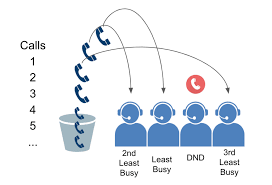
Let me explain how it works:
1. What Is a Call Queue?
Improving your business’s call queue management can provide a significant advantage over your top competitors, offering promising opportunities for success.
-
- A call queue is a feature in business phone systems that directs incoming callers into a virtual line (queue) based on predefined criteria.
- When callers reach a queue, they are placed on hold until an available agent can assist them.
- Think of it like standing in a line while waiting for assistance, entry, or your turn to be called.
2. Purpose of Call Queues:
The purpose of call queue management is indeed to minimize hold time, reduce call transfers, and enhance the overall customer experience. By evaluating IVR input, following routing rules, and providing helpful information during wait times, call queues contribute to more efficient and effective customer service.
-
- Reducing Hold Time: Call queues aim to minimize hold time for callers.
- Efficient Call Routing: They help route calls to the right agents based on specific criteria.
- Improved Customer Experience: Properly managed queues lead to a better customer experience.
3. How Call Queues Work:
Call queue management entails implementing measures to enhance call flow, minimize customer wait times, and optimize your business’s existing call queue strategy.
-
- Business Schedule Rules: The system considers the time of the call about the preset business schedule:
- During or after business hours
- Over the weekend or on a weekday
- On a holiday
- Pre-Recorded Greetings: Instead of standard phone rings, callers hear customized pre-recorded messages (greetings). These messages provide essential information to assist the customer.
- Queue Position: Callers are placed in a virtual queue and informed of expected wait times.
- Routing Criteria: The system follows preset rules to route calls:
- Based on agent availability
- Skill-based routing (matching caller needs with agent expertise)
- Priority levels (e.g., VIP customers)
- Helpful Information: While waiting, callers receive helpful information or options:
- Estimated wait time
- Callback options
- Shared voice mailboxes
- Ring groups (multiple agents alerted simultaneously)
- Business Schedule Rules: The system considers the time of the call about the preset business schedule:
4. Benefits of Call Queues:
Call queue management involves implementing measures to enhance call flow, minimize customer wait times, and optimize your business’s existing call queue strategy for improved efficiency.
-
- Reduced Abandonment: Fewer callers hang up due to long wait times.
- Efficient Agent Utilization: Agents handle calls more effectively.
- Improved Customer Satisfaction: Well-managed queues lead to happier customers.
Top Call Queue Providers
RingCentral is a leading VoIP call management system known for its strong queuing capabilities. It offers features like custom rules, rotating mode, simultaneous ring, and support for up to 25 waiting calls. The platform also provides hold music and enables automatic recording of incoming calls. For more detailed information, you can read our RingCentral review.
How To Improve Call Queue Management
The mentioned problems can be addressed without significant changes or substantial investments, such as hiring more employees or outsourcing customer service.
How to Increase Employee Productivity and Satisfaction?

Effective call queue management reduces both customer churn and employee turnover rates.
To rapidly enhance your call queue management strategy, it is essential to upgrade to modern business communication software and move away from outdated tools that no longer meet customer expectations. Advanced VoIP and call center platforms provide queue management capabilities, including automated callbacks, remote call forwarding, and CRM integration. These features accelerate issue resolution and optimize call queues, resulting in improved customer satisfaction.
RingCentral Check Call Queue Voicemail Client.
In RingCentral call queue management, clients can access voicemail messages in two ways:
-
Using Call Queue Credentials: Members can log in to the RingCentral app with call queue credentials provided to them. This allows them to manage voicemail messages left on the call queue voicemail box.
-
Email Notifications: As an admin, you can add multiple member email addresses for voicemail notifications with attachments. When a voicemail is received, an email notification is sent, allowing members to listen to the voicemail and respond accordingly.
Top 8 Best Practices for Call Queue Management in Contact Center
Call queue management is a critical concept in contact centers that plays a crucial role in improving customer experience and enhancing customer service. Research reveals that 60% of customers have a negative perception of a brand when they are placed on a long hold during a call. Furthermore, there is a potential loss of 60% of sales when the sales team fails to answer calls within a minute. Therefore, contact centers must establish best practices in call queue management to maximize the efficiency and effectiveness of call queues.
Here are 8 tips for ensuring timely customer service and making your customers happy with their experience.
Virtual queue systems allow customers to join a queue without remaining on hold. The option of a call-back provides customers with a sense of appreciation and psychological relief. Callers can request a callback after disconnecting, and they will receive a call to address their queries, ensuring a more convenient and efficient customer experience.
2. Take Advantage of the IVR System
An Interactive Voice Response (IVR) system is a valuable tool for managing long queues. It resolves lower-level issues through automation and then transfers more complex matters to live agents. The system automatically routes calls to the most qualified agent, ensuring reduced waiting times and enabling the provision of the best possible solution to customers.
3. Providing Informative Greetings
Customers experience comfort and delight when greeted with a friendly welcome upon calling a call center. A warm greeting, coupled with a business announcement, conveys a genuine interest in the customer’s call. Addressing common queries within the greeting can help minimize the need for agents to handle such calls, ensuring a smoother and more efficient customer experience.
4. Using Diverse Routing Options
Effective call queue management involves implementing routing rules to direct calls to appropriate departments. Skill-based routing can be beneficial for delivering optimal solutions. When experiencing high call volumes, utilizing routing rules to transfer calls to available agents helps reduce hold times and ensures a smoother customer experience.
5. Access Multiple Communication Channels
To prioritize customer satisfaction, it is essential for a contact center to offer assistance through omnichannel platforms. The transition from traditional call center operations to a unified communication system for improved efficiency. Furthermore, provide comprehensive training to agents to enable seamless handling of various call center functions.
6. Provide Queue Position Updates to Customers
Long wait times in queues can be frustrating for customers, especially when they are unaware of their position. Utilize queue update announcements to keep callers informed about their current position, alleviating their frustration and providing transparency regarding their wait time.
7. Call Recordings and Analytics
Call recording is crucial for managers and supervisors to analyze call progress in real time. It enables the training of agents based on call observations. By assessing wait times, call durations, and agent activities, you can identify areas for improvement such as optimizing rosters, refining routing rules, and enhancing training programs. These insights are valuable for enhancing the bottom line and overall performance.
8. Collect Customer Feedback After Each Call
Agents may believe they have performed well, but there is always room for improvement in delivering exceptional customer service. Gathering customer feedback on every call is vital. It is important to understand the customer’s wait time and gauge their satisfaction with the service. By seeking customer preferences, you can enhance your approach to providing a high-quality customer experience, continuously striving for improvement and customer satisfaction.
FAQs:
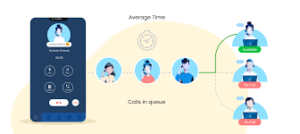
Does RingCentral Accept Queue Calls?
Certainly! In RingCentral, call queue management, agents can receive calls using different distribution methods:
- Rotating: Distributes calls to the longest-idle agents, reducing wait times and sharing the workload.
- Sequential: Routes calls to skilled agents in a configured order, often used for training.
- Simultaneous: Connects multiple calls to available agents concurrently.
Agents set their status to “Accept Queue Calls” to handle queue calls effectively. 📞👥
What is a call center queue management system?
A call center queue management system is a meticulously designed system that efficiently organizes incoming customer calls. Instead of allowing calls to flood in chaotically, the queue places them in an orderly line for connection to agents. It acts like a skilled traffic cop, managing inquiries, ensuring fairness, and improving call center efficiency and effectiveness.
What is the call center queue management software?
Call center queue management software efficiently organizes incoming customer calls. It replaces analog “take-a-ticket” systems, allowing visitors to enter a digital queue via kiosks, mobile devices, or online. Features include predictive analytics, automated customer flow, and integration with appointment scheduling and visitor management.
Read More:

